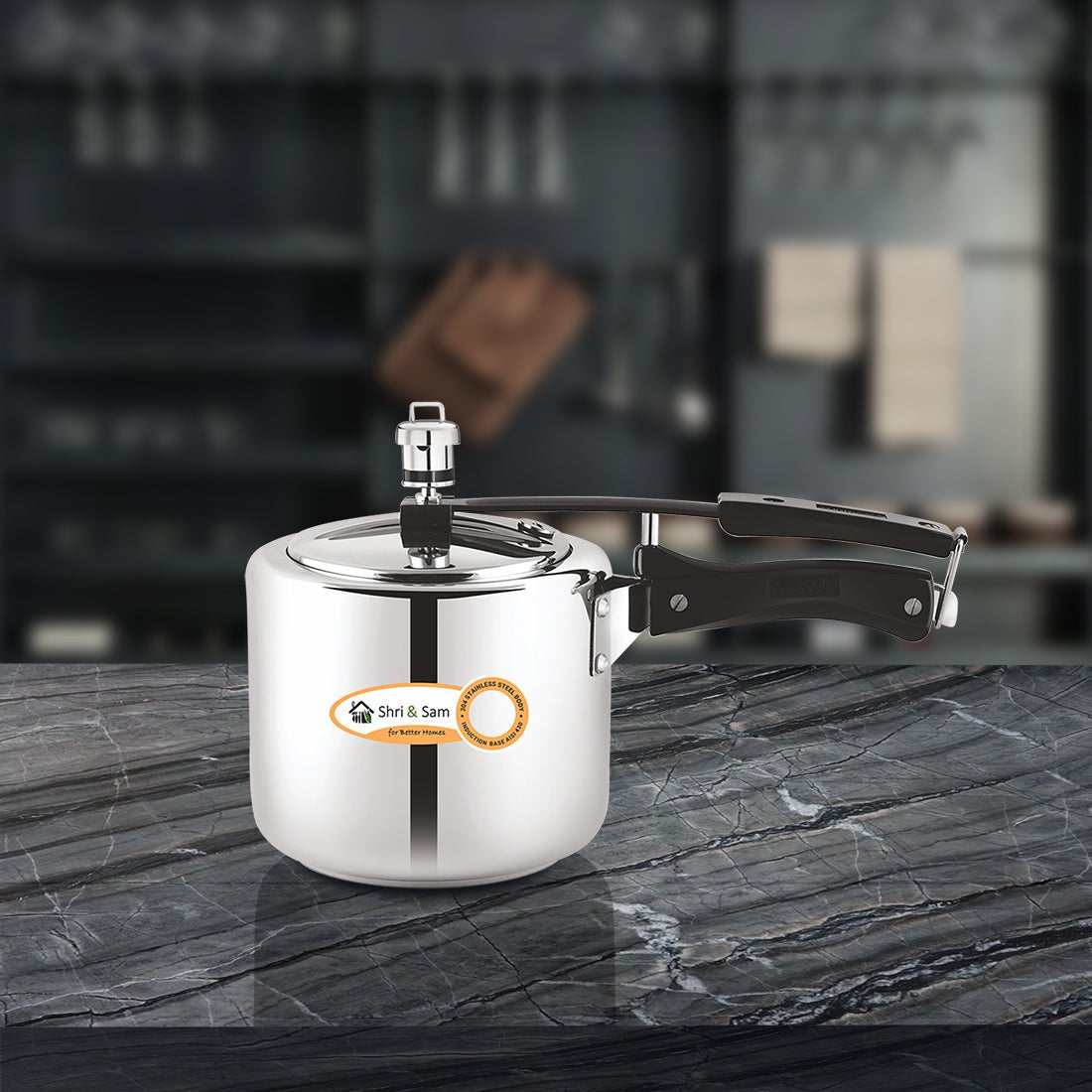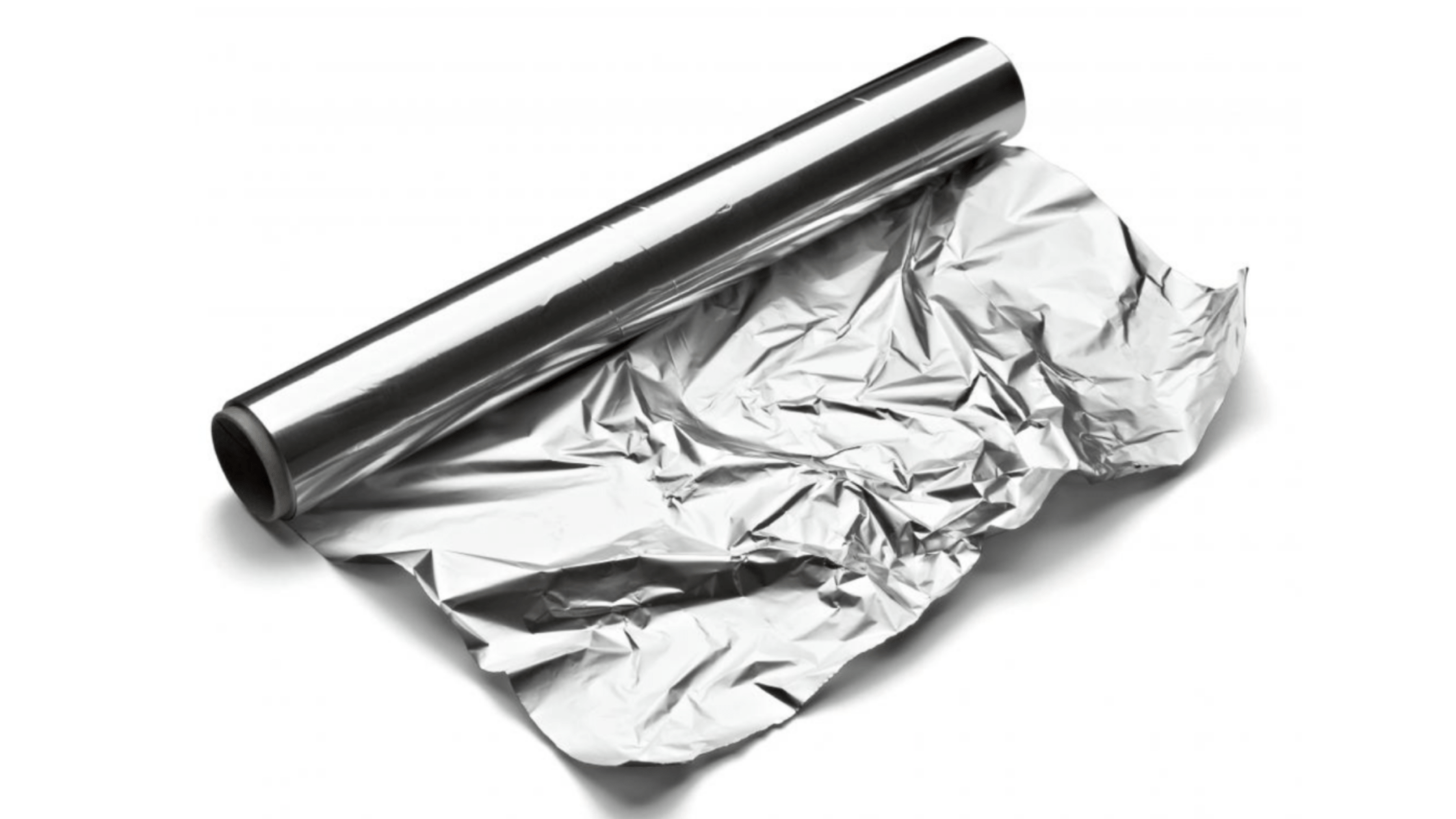
The science behind pressure cookers
A pressure cooker uses a heat source to increase water temperature above 100°C, causing saturated steam to build up in the range. This high-pressure condition continues as long as there is liquid inside and no holes in the lid. At 15 psi (pounds per square inch) of pressure, water boils at 121°C instead of 100°C. This higher boiling point enables foods to reach cooking temperatures that would not be possible in an ordinary pot on top of the stove. In some cases, these are internal temperatures above 98° C! The trapped steam also cooks food faster by conducting the heat more efficiently (convection) throughout the cooker.
How do you pressure cook?
- Basically, instead of letting your food sit in boiling water like you would on the stovetop, you lock all your ingredients inside a pot and cover it with water.
- Then you set it on top of a burner at low-medium heat (depending on how much time you have) until the liquid comes to a boil. It is when steam builds up above the water's surface.
- Once that happens, something called "the vent" opens, allowing some of that excess steam pressure to escape - just enough for the temperature inside to rise high enough to finish cooking what's left of your meal without drying it out.
- While an induction stovetop can be used but the pressure cooker is much efficient. It's like boiling your veggies without that annoying pot of water spilling over and making a mess.
How can you tell if your pressure cooker is working correctly?
It would be best for you to go over these tips on using a pressure cooker before continuing with other "safety" questions such as this one. A good indication of its proper function (after all other safety measures have been taken) is when steam comes out of the little vent in the lid.
How does the pressure gauge work?
- Pressure is created inside the pot when heat is applied to the liquid inside. Without this application of heat, there would be no vaporization of water and thus no steam. When this happens, moisture builds up within the closed confines of the pot until it reaches "the vent", at which point some of that excess steam is allowed to escape.
- It then accumulates on top of that tiny opening and starts pushing down on both sides with equal force, which keeps the valve shut tight.
- The primary responsibility of a pressure cooker's pressure release device (be it a valve or an indicator) is to monitor the increase in steam pressure inside the range to avoid the risk of explosion.
This tiny safety device has its limits, though, and too much pressure can cause it to fail! So if you hear hissing sounds coming out from under your pressure valves/devices that are supposed to release excess steam - or worse yet, see liquid squirting out - that's when you should lower the heat source immediately.
Conclusion
A pressure cooker works on the principle of using steam under pressure to cook food more efficiently. The steam created inside cooks the vegetables rapidly by increasing the water's boiling point, boosting up its internal temperature. The high-pressure environment inside prevents moisture from escaping resulting in a flavorful cooked dish that tastes similar to slow-cooked food with enhanced flavor due.



Leave a comment
This site is protected by hCaptcha and the hCaptcha Privacy Policy and Terms of Service apply.